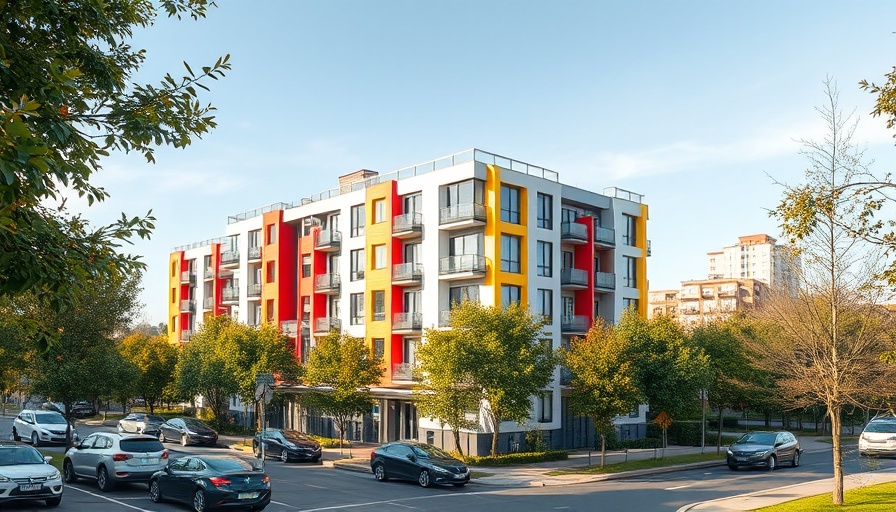
Positive Outlook Amidst Tariffs: A Balancing Act for Facility Managers
The construction market is brimming with a sense of optimism as we approach 2025, despite the looming specter of tariffs and other market uncertainties. Experts like Chris Fisher, managing principal at Ducker Carlisle, highlight the incentives that are shaping the landscape, including anticipated interest rate cuts and substantial government infrastructure investments.
Facility managers are adjusting to a climate characterized by both opportunity and caution. Fisher posits that the potential reduction in regulations and a focus on growth could pave the way for a more straightforward construction process. "Trump's agenda and his background as a builder resonate positively within our industry," Fisher added, setting a tone of cautious optimism.
Anticipated Challenges: Tariffs and Labor Markets
Nevertheless, the potential impact of tariffs looms large. The 25% tariffs on steel and aluminum could significantly inflate project costs and complicate supply chains. As noted in a study by Baker Tilly, with construction project costs anticipated to rise, contractors may find themselves navigating tighter margins and longer timelines.
Additionally, labor shortages could further impede progress, especially with ongoing changes to immigration policies affecting the availability of skilled workers. Experts predict that these factors could lead to ripple effects across the industry, potentially exacerbating not just costs but also project delays.
Understanding the Tariff Landscape and Its Ripple Effects
The immediate implications of tariffs on material costs are tangible. According to findings from JLL's 2025 US Construction Outlook, about one-third of construction-related goods are imported, with significant reliance on materials from Mexico, Canada, and China.
As facility executives navigate this environment, delays and increased prices may force tough decisions regarding new construction versus maintaining existing buildings. Project owners are now faced with the reality that immediate costs may overshadow the long-term benefits of new space development.
Leveraging Government Initiatives for Growth
Despite these challenges, government initiatives like the Infrastructure Investment and Jobs Act (IIJA) bring optimism to the commercial construction sector. Substantial planned expenditures for public infrastructure projects could help offset some impacts of tariffs by stimulating overall growth.
Fisher expresses hope that ongoing government investment can stabilize interest rates and encourage further construction activity. As drivers of construction, infrastructure spending aims to create jobs and promote economic activity, which can have positive knock-on effects for facility executives planning future development.
Strategic Adjustments for Facility Managers
Facility managers should take a proactive approach in light of the ever-evolving construction landscape. This includes reassessing supply chain strategies, developing stronger relationships with suppliers, and considering contingency plans to mitigate potential cost increases.
Moreover, investing in skilled recruiting and training programs can enhance labor retention and prepare organizations to better cope with the tightening labor market. Prioritizing capital planning to align immediate project needs with these broader trends could also lead to better outcomes in the long run.
Conclusion: Navigating the Future of Construction
As the construction industry gears up for 2025, the dual challenges of tariffs and a constrained labor market present a complex puzzle. Facility managers are encouraged to stay informed, agile, and strategically interact with potential policy changes that affect materials and labor.
By balancing optimism with caution, the construction sector has the potential to thrive, leveraging the opportunities presented by both government support and evolving market demands. For stakeholders looking to stay ahead, embracing change and establishing strong partnerships in this new landscape is more crucial than ever.
To ensure you are prepared for the upcoming challenges and opportunities in construction, consider participating in a local industry trade show or conference. Engaging with peers and experts can provide you with valuable insights and resources that will enhance your preparedness as the construction landscape evolves.
 Add Row
Add Row  Add
Add 


 Add Row
Add Row  Add
Add 

Write A Comment